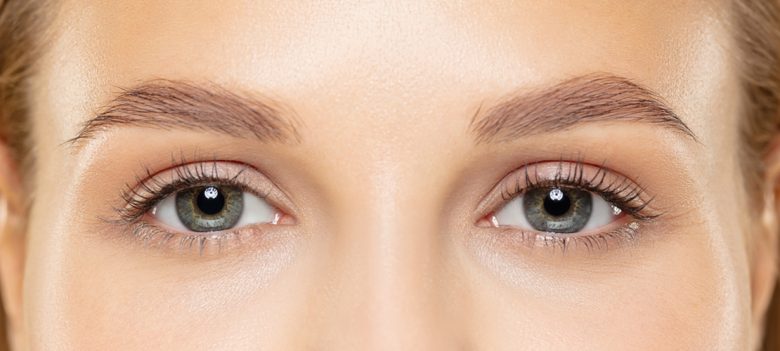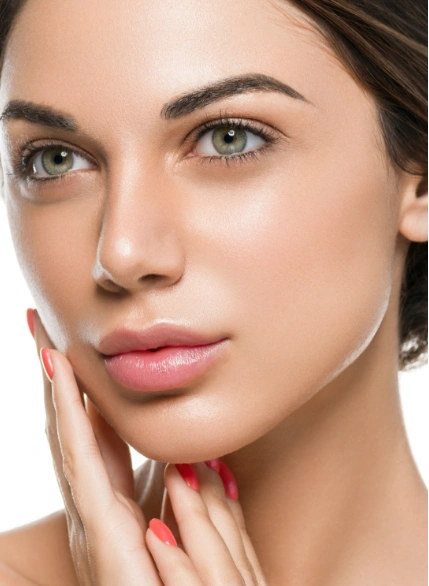Managing Expectations: How Long Does Botox Last Around Eyes?
Botox, particularly around the eyes, has become excessively popular as the most effective and efficient way of eliminating wrinkles and fine lines. Let’s say you’re thinking about getting Botox injections to treat your crow’s feet or other issues around your eyes. In such a scenario, knowing how long Botox will last around the eyes will help you gain control of your expectations and prepare you for maintenance/follow-up treatments.
Botulinum toxin, commonly known as Botox, is a neurotoxic protein produced by the bacterium Clostridium botulinum. It momentarily paralyzes the muscles that produce wrinkles, giving the skin a smoother, more youthful appearance. Although Botox is well known for its cosmetic uses, it is also employed for several medical conditions as well.
Several factors affect how long the effects of Botox injections are around the eyes. The length of Botox’s effects can be affected by the drug’s formulation and dosage, the patient’s metabolism, and lifestyle choices.
What is Crow’s Feet?
Crow’s feet encompass the fine lines and creases that form around the outer corners of the eyes, along with the fine lines under the eyes, often known as laugh lines or character lines. They are a normal sign of aging and frequently result from repeated facial expressions, exposure to the sun, and a gradual decline in the production of collagen and elastin.
What Causes Crow’s Feet?
Crow’s feet causes are based on various factors, including:
1. Facial expressions: Over time, crow’s feet may form due to repeated contraction and relaxation of the muscles surrounding the eyes, such as when smiling or squinting.
2. Ageing: Collagen and elastin, which are responsible for keeping the skin elastic and smooth, are produced lesser and slower as we age. This may lead to wrinkles, such as crow’s feet.
3. Sun exposure: Prolonged exposure to UV rays that are detrimental to the skin can hasten the breakdown of collagen and elastin fibers, causing early aging and the development of crow’s feet.
4. Lifestyle factors: Smoking, eating poorly, getting too little sleep, and stress can all impact the appearance of crow’s feet and other aging indications around the eyes.
How to Prevent Crows Feet?
Although it’s hard to stop crow’s feet from forming, there are steps you may take to lessen their visibility and delay their onset:
1. Protect your skin: Use sunscreen with a high SPF, sunglasses, and avoid prolonged sun exposure, especially during peak hours, to protect your skin from the sun.
2. Develop appropriate skin care practices. Use eye creams or serums containing retinol, antioxidants, and peptides to support collagen formation and lessen the appearance of fine lines. Gently cleanse your face. Moisturize frequently.
3. Develop a healthy lifestyle. Don’t smoke, don’t drink too much alcohol, eat a balanced diet of fruits and vegetables, get enough sleep, and control your stress.
4. Avoid excessive squinting: If you frequently squint due to poor vision, consider getting an eye exam and wearing corrective eyewear.
Crows Feet Treatment
Botox is a popular and effective treatment for crow’s feet, among other options, utilizing botulinum toxin from Clostridium botulinum bacteria. Despite its ominous tone, Botox has a proven track record and has been successfully utilized for cosmetic purposes for numerous years.
The actual treatment is rather quick and less intrusive. A medical practitioner will inject small doses of Botox using a fine needle into the target muscles. The injections typically go well and are only mildly uncomfortable. Some people could feel little redness or swelling when they receive the injections, but these side effects are transient and typically go away within a few hours.
How effective is Botox for Crow’s Feet?
Botox finds frequent use in reducing the visibility of wrinkles, especially crow’s feet, as it effectively makes them appear less noticeable. It smoothes the skin by momentarily paralyzing the muscles responsible for the wrinkles. By injecting Botox, we relax the muscles around the eyes, reducing the appearance of crow’s feet and achieving a smoother look. With little downtime, the procedure is relatively quick and less intrusive.
How Long Does Botox Last?
Depending on the individual, the effects of Botox can last longer or shorter. The effects of Botox typically persist between three and six months. However, individual characteristics like metabolism, way of life, and dosage can affect how long the effects last.
How Long Does Botox Last Around Eyes?
Botox can produce observable results for several months when treating crow’s feet. Compared to other areas of the face, the muscles around the eyes are smaller and more fragile, which may shorten the duration of the effects of Botox. Before a touch-up procedure is necessary, Botox injections for wrinkles around the eyes normally last three to four months.
Botox for Crow’s Feet
Due to its capacity to deliver immediate and noticeable results, Botox has grown in favor of a successful treatment for crow’s feet. Crow’s feet botox is a non-invasive choice that can assist people in achieving a more youthful and refreshed appearance around the eyes.
Speaking with a licensed and experienced medical practitioner before choosing Botox for crow’s feet is crucial. We will evaluate your unique needs, discuss potential risks and benefits of Botox, and customize the therapy to ensure it achieves your desired outcomes.
Conclusion
Summarising it all, Botox is a trusted and well-liked method for minimizing the appearance of crow’s feet. Although the effects last briefly, routine maintenance procedures can help people keep their eyes looking brighter and younger and will make you free from eye wrinkles.
To review your alternatives and choose the most effective course for treating your crow’s feet, speak with a reputable aesthetic specialist.
– Disclaimer –
This blog is for informational & educational purposes only, and does not intend to substitute any professional medical advice or consultation.
For any symptoms or medical advice, please consult with your physician,Or Book an appointment with our certified aestheticians at Syra Aesthetics




